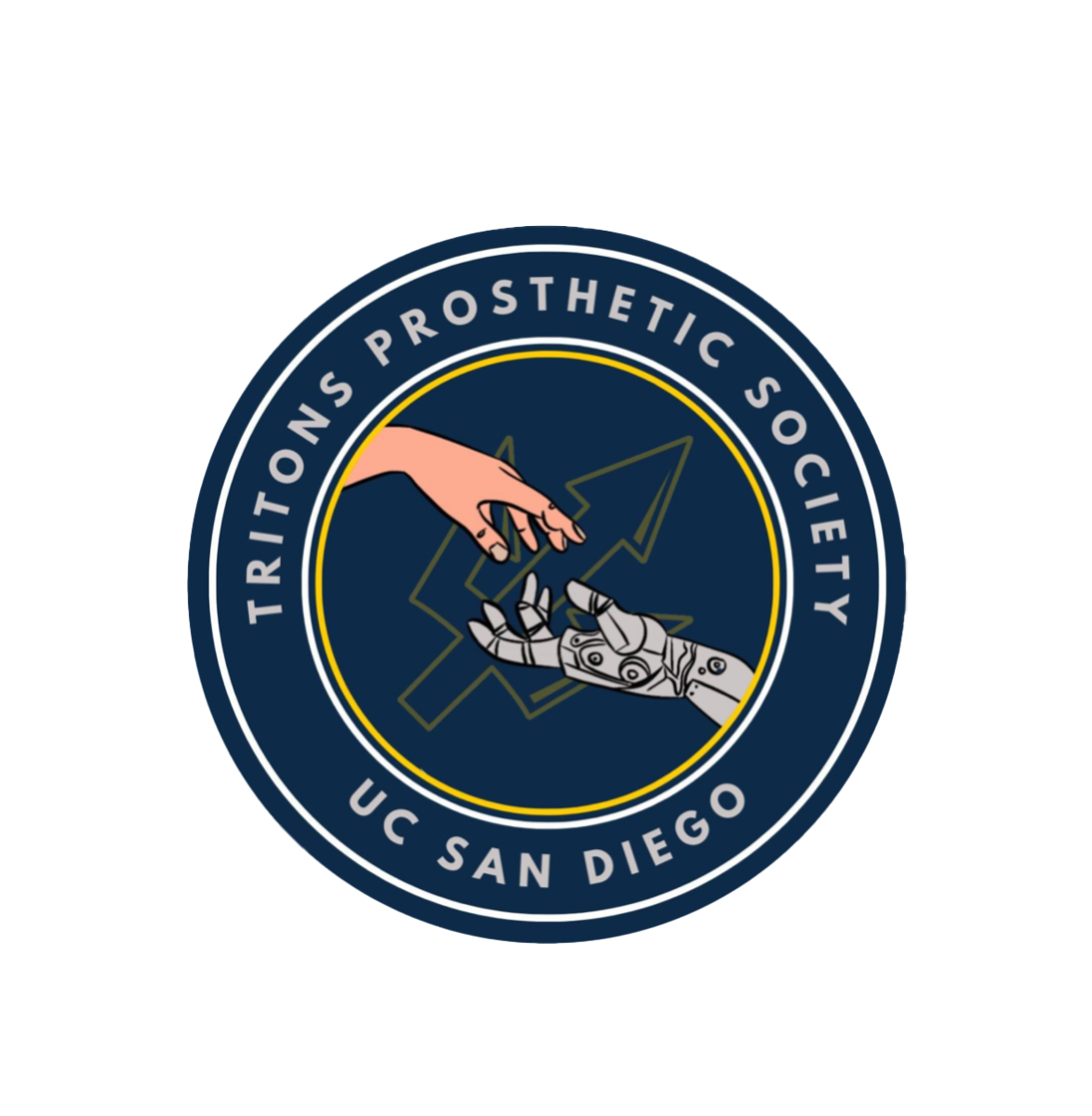The addition of Target to the shopping ecosystem at UCSD presents a battle for a generation of customers.
At the start of Library Walk, the UC San Diego Bookstore used to house two floors of exclusively UCSD merchandise and some textbooks. Then in 2018, remodeling began that shut down the entire second floor of the building. The shutdown culminated in a new store entering the shopping center.
The second floor of the bookstore features a 19,000-square-foot Target that offers a variety of food, apparel, and health essentials. The store attempts to streamline their usual 100,000 ft2 model into a small scale store that provides what students need on a day-to-day basis.
“Target’s small-format campus stores are each unique and provide a curated assortment of products and services tailored to the specific needs and wants of the students, staff and faculty, B UCSD stated through Blink. “Typically the customized assortment of goods and services offered trends toward basic daily goods for immediate needs and create a personalized, locally relevant shopping experience.”
While all students are welcome to the store and its presence fits with a variety of students, Target is specifically reaching out to students on campus. There are no public parking spots around the store, making it inconvenient for outsiders to come and shop. Only those around campus will frequent the store on a day-to-day basis.
With the nearest Target being 15 minutes away, students on campus will receive more accessibility for those who do not have a car or simply don’t want to deal with the bus system.
The ease of use to students is similar to Amazon, another UCSD partner, whose platform is centered around curtailing the ordeal of leaving campus just to make a quick shopping run. The comfort comes from the ease of use within the Amazon center and the large variety of items they provide.
Amazon, back in 2016, was the new kid on the block. Amazon launched an Amazon hub in the bottom floor of the Bookstore that features various lockers so students would not have to worry about lockers around campus being full.
Staff would help students with returns or simply smooth out the learning curve that came with the Amazon platform.
“It can be especially difficult for college students to get the things they need in a fast and easy way, particularly with college mailrooms being overloaded,” an Amazon spokesperson said to The San Diego Union-Tribune. “Amazon@UCSanDiego is a way for us to better serve UC San Diego students, faculty, and staff so they can easily and safely pick up their packages at times that are convenient for them.”
UCSD uses the traffic that the Amazon lockers generate to complement the Bookstore as well with merchandise and other items readily available for students to pick up on their way out. Tom Bonetati, director of the UC San Diego Bookstore, addressed the value that Amazon presents UCSD students in a statement on the UCSD website.
“Because Amazon offers such great value, this will also create an environment in the bookstore that drives us to be a better retailer — finding products at better prices, offering unique services and providing an exceptional customer experience.”
Back then, Amazon’s prices allowed for students to have textbooks at either retail price or below, which competed directly with the Bookstore, which could only sell at retail price. On top of the price differences, the rental prices and used textbooks available gave students flexibility if they were not happy with the retail prices at the Bookstore.
Amazon’s stock, combined with the Bookstore, gave students an ease of access regardless of the platform that they went with. The competition for business ended up providing options for students so the textbook-buying process would not be as centralized.
Now, Target enters the picture as a competitor that directly rivals with more aspects of Amazon’s platform and the Bookstore as well. The battle between the traditional brick-and-mortar stores and the giant online store begins with different approaches.
Target wants to create a traditional feeling of comfort that comes with going to a store and walking through the aisles. The instinctual nature of entering a store is exactly the feeling Target is playing into. Growing up, students are taught to go to these stores if they need something or to see what is new.
On the other hand, Amazon captures students that have grown accustomed to their reliability. Gene Del Vecchio, a professor who teaches marketing at the University of Southern California, spoke to The Union-Tribune about the different tactics the companies are employing.
“They’re battling Amazon, which offers Amazon Prime memberships at half-price to college students,” Del Vecchio said. “Target believes that if you get students early, you’ll have them for life.”
The deal Amazon offers students is a six-month free trial of Amazon Prime, a service that offers free shipping on most items along with access to Amazon’s on-demand media suite. After the six months, students pay a reduced rate compared to other customers. This deal falls under the “Prime Student” initiative.
Both companies employ an approach that generates long-term loyalty to either company and that style of shopping.
The differing styles of the companies’ vision for shopping make UCSD a battleground of sorts. Their proximity of each other will test which method of shopping is preferred by this generation of Tritons.
UCSD is now in the middle of this struggle, with two of its partners dueling. In a recent statement to Blink, the school attempted to pour cold water on the idea that there is going to be a competition, emphasizing both companies as important to the school.
“A UC San Diego Campus Retail Vision and Strategy is in process and indicates that there is more than enough demand for a small-format Target,” a UCSD spokesman told students through Blink. “The potential inclusion of Target on campus will not change the status of Amazon as an important campus partner.”
While the faculty views the addition of Target as a move that does not affect Amazon, some students at UCSD are already choosing sides.
“I don’t know how much of the store I am going to be using,” a Roger Revelle College senior who wishes to remain anonymous told The UCSD Guardian. “I rely on Amazon so that I can get around the whole ‘brick and mortar’ thing. Their catalog is just too big and they have been so reliable.”
On the other side, there is appeal for off-campus students who roam around campus waiting for classes or a ride. This group of students benefit from having a store to get a few items they need or simply browse the clothing or snack section.
“Even though I am not on campus, I feel like the Target store is more my vibe for sure,” a Seventh College freshman anonymously told The Guardian. “When school opens up, I’m going to head there some times to kill time between class or study sessions. It is awkward to live on campus and order things to school, so I’ll be relying on that store.”
The division between these two students displays the contrast between circumstances and how they alter and influence people’s preferences. The students on campus might give the Target a shot in order to get items immediately, but still use Amazon for other items. The commuter students might pop in to the Target to casually shop while they wait for class or want to take a study break.
The audience Amazon and Target are going after is getting younger with college students receiving plenty of investment as a customer base. The strategy to create a long-term consumer is not a foreign economic strategy, however the platforms are now clearly making a geographical investment as well as a brand-based one. After Jeff Bezos shared plans to start a school where “the child is the customer,” the future may end up leading to preschools with Amazons lockers.
Art by Ava Bayley for The UCSD Guardian.















Bruno Araujo • Jan 3, 2021 at 1:03 pm
Where do college students get money to buy so many things from Amazon? They should spend all their money here https://homework-writer.com. So I don’t understand.